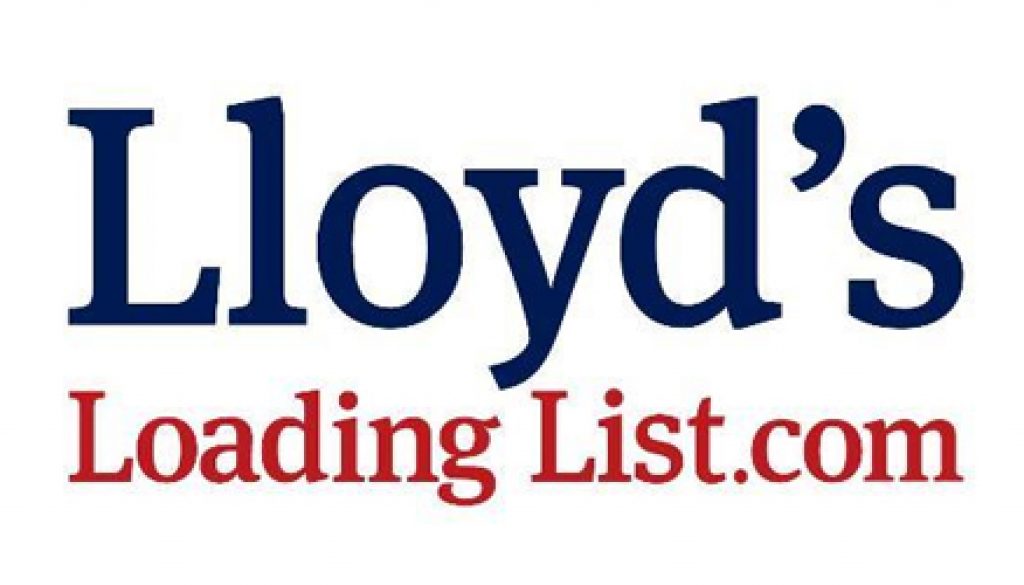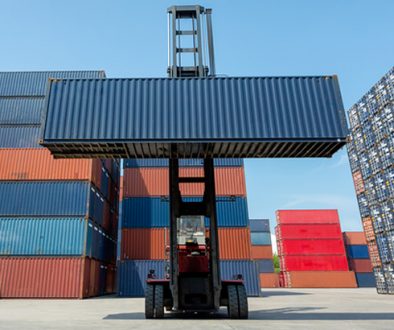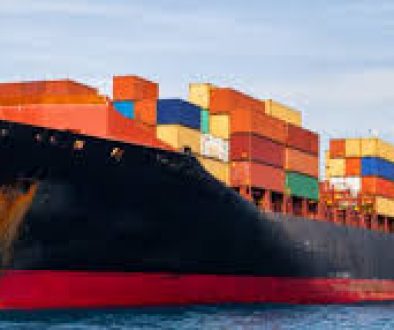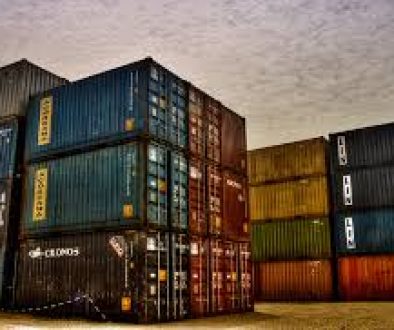Shippers get what they pay for
(I was featured on Lloyd’s Loading List. The article below was written by Will Waters.
Monday, 09 July 2018)
Poor ocean freight reliability is the inevitable result of low rates, observes one senior consultant that has worked with numerous lines and BCOs
Poor container shipping reliability is the inevitable result of low ocean freight rates, and so shippers should not be surprised that service levels have continued to fall, according to one senior consultant that has worked with numerous lines and beneficial cargo owners (BCOs).
Gary Ferrulli, a former senior liner executive and now CEO of Global Logistics & Transport Consulting, writes in an article today in Lloydâs Loading List that a report in June by Drewry,commissioned by the European Shippersâ Council (ESC), concerning the declining level of customer service by ocean carriers can’t be a surprise to anyone, looking at the financial results of the industry in the last seven and a half years and knowing that rates have fallen 50% in the last 20 years, in real terms.
He notes: Under those conditions, something has to give, and it is service levels of all types. For those who donât understand that, the saying is: you get what you pay for.
In regular meetings with BCOs, he observes that the majority say they would pay more for a better service and when presented with the real option, donât use it for much cargo. He cited the example of Matson, the line with the best performance record in the industry, which charges $150-$250 more than tier-one carriers, but which has been unable to successfully expand beyond one string that lifts an average of 1,000 loads a week.
But he says the failure to improve standards is also the ocean carriersâ fault. As with the fuel surcharge, they focus on volume and market share and not profitability.
Although, in theory, shippers could persuade carriers to improve service at higher rate levels, you can’t start a fast and reliable service with a handful of customers, too few supply chain or logistics executives are incentivised to prioritise quality over price.
How many have incentives in their compensation with a cost containment KPI? Ferrulli asks. They all do it comes from the top. And that’s the big guys; think of the traders, wholesalers, etc. they have to have the lowest rates to get any margin for their profitability.
It is, therefore, up to the carriers to control their destiny, he argues, adding: They can manage capacity if they want to. They did it in late 2009 through 2010 and had a $30 billion turnaround from losing $22 billion to making $8 billion, in one year.
They anchored over 600 vessels. They created the model and it worked. They made money. And have never done anything remotely like it again.
But after one decent year, lines reverted to form, chasing volume, filling ships and market shareâ, Ferrulli said. They had a great opportunity (again) in August 2016 when Hanjin pulled the plug.
They each got a portion of the significant volume available that Hanjin couldn’t carry and they were rid of one of the price-focused carriers. For four months they kept rates up and, like in 2011, in 2017 they reverted to form: chase volume, fill ships, and gain market share with price as their catalyst.
He said the recent report by Alphaliner of how, adjusted for inflation, rates are 50% lower than 20 years ago, illustrates that âthis is an industry occupied by entities that, for whatever reasons, are not profit driven as are other businessesâ.
That is easy to explain in the case of state-supported carriers in China, Korea and Taiwan, but doesn’t explain the behaviour of the European lines âwho dominate the industry, absent Cosco.
Ferrulli concedes that it is not an easy, single-issue matter, noting: There are complex circumstances. But the reality is in those words: you get what you pay for, and not many are truly willing to pay any more.
He continues: If shippers complain about a fuel surcharge at $50-65 when they know full well that fuel has risen 70% in the last 19 months, what real opportunity is there for a reasonable conversation about price and service being connected?
He concludes: On the flip side, carriers have to force the issue as they did eight years ago. And they won’t, for whatever reason they conjure up.
Lloyd’s Loading List is part of the Business Intelligence Division of Informa PLC
Retrieved from https://mail-attachment.googleusercontent.com/attachment/u/1/?ui=2&ik=8afd7dad53&view=att&th=164a96dafaf6f1d5&attid=0.3&disp=inline&safe=1&zw&saddbat=ANGjdJ8zTJTzgRPau42hRfYOPRshNH8xLG3o9RsY4Hv9UOFLqwejBzxjGDWRtBf8eV9_CTCwp6KvkzRdhACd9BYeCyaCJ4BWe6Qt5g4AAi0FOd-BkRBTHZ1CoMSIKjAEmDa-S8qABq-aHJWMmQpKLSMZJSf3TlRTr8kQwBUDTsa1FZ51exmEBIyysWbXMN6K1_oj-6GpnFnQNFiFXutpe3iX4D6eBCdlqNHRQ4Obe39veDNht9bhEg_R3R0VwnVumAE3BFCk2d2sBJ7H2WC2Jr_k-lDoEgwTkOpnWJjFDVVZynWrs2jxBACfFkHy_IZgK6RrRDaKJPHcYPld3zp46NabZc_PV1AOjZ8Kc–JYb7uya9bSaWN1BdgOM4s-_w15HG_U-1tCIEe9FGOPJ4sxgTTt3xVO593_UVC2hirPB91Tn52rwv_oYqJZLFDwoqJ6ZRDN_vfda0ccylVO-SXOo_oN-UXHpVkgtQl0Mz5mM4tVXvIZJZJCVE7X_LE0Oaqae2BA0_cir6wJk1vRbFMpPZilRXPt7CefBVPz-Q2pb9VfDdqzNk5owi3A3483LsEx4KHlKp8eKdKd7PkOlOgLhIR9LcGMsR_pA0bV9JVP1wia4GvuIKgHPMFBpgsw1s



